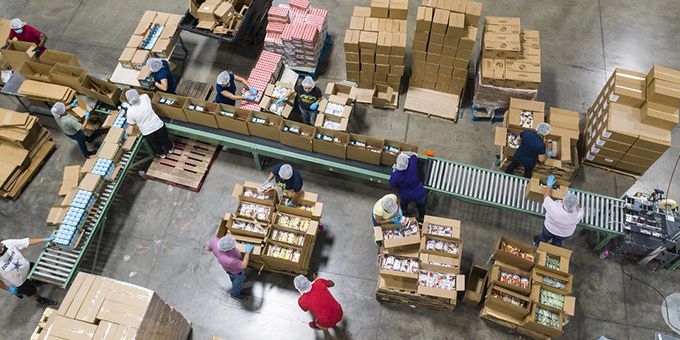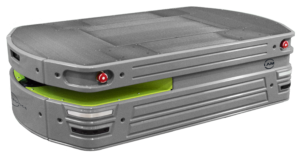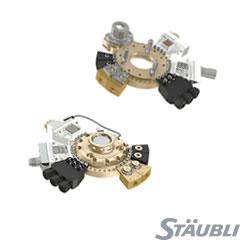You can’t totally count conveyors out, because they’ll always have a place. But the truth is, robots are here, and AMRs are changing warehouse operations. While conveyors are effective, their capabilities are also limited.
 Supplychainbrain: Out With Conveyors, in With Autonomous Mobile Robots
Supplychainbrain: Out With Conveyors, in With Autonomous Mobile Robots

Wes Reid, senior vice president of products and operations | IAM Robotics
We recently sat down with Bob for the SupplyChainBrain Podcast, where Wes Reid, IAM Robotics senior vice president of products and operations, talked about conveyor automation and the future of autonomous mobile robots (AMRs).
ARE CONVEYORS ON THE WAY OUT?
You can’t totally count conveyors out, because they’ll always have a place. But the truth is, robots are here, and AMRs are changing warehouse operations. While conveyors are effective, their capabilities are also limited. What’s happening is more and more companies are seeing the utility of AMRs, finding ways to incorporate them with existing technology.
Where robots like AMRs shine is in what they can do that conveyors can’t. As Wes explains, conveyors are fixed, so when you need to move something farther or change your setup, there’s extensive overhead in modifying your infrastructure. AMRs, by contrast, are more flexible and can perform a wider variety of tasks, because they move about freely.
WHAT DOES THE EVOLUTION OF AMRS LOOK LIKE?
AMRs have come a long way in their short history, with roots in warehousing and ecommerce. But there’s also been gradual demand from manufacturing to move heavy items outside of fixed conveyor infrastructure, so more and more companies want them.

Earlier AMRs incorporated a mobile base and fixed attachment, were small in size, and had small payload capacities. Newer AMRs are bigger, accommodating palletized payloads. As use cases have changed, so have the robots.
DOES FACILITY SIZE MATTER FOR AMRS?
A core difference between conveyors and AMRs is operations flexibility. Your typical conveyor system might be several feet long and only oriented to fit in one specific area. That’s why conveyors aren’t optimal in small facilities, opening the door to AMRs.
Besides, as Wes notes, the fixed infrastructure that comes with conveyors forces you to size your operations for either peak busy times or slow times, with no in between. Warehouse size doesn’t matter as much for AMRs, as the robots themselves are compact enough and allow you to easily scale up and down by adding or subtracting robots based on the needs of the moment.
JOIN THE FUTURE OF WAREHOUSE AUTOMATION
While robots seem to be “taking over” in some capacities, we’re far from the point where humans are obsolete. In the AMR world, advancements amount more to people working with sophisticated automation, rather than losing their jobs or utility in the warehouse.
IAM Robotics is focused on helping you get more done with increased power and payload capacity. We know just how much automation adoption is growing in light of the pandemic. Our Bolt™ AMR is built to help markets that need new ways to keep moving. Get in touch today, and discover what Bolt can do for you!
The content & opinions in this article are the author’s and do not necessarily represent the views of RoboticsTomorrow
Comments (0)
This post does not have any comments. Be the first to leave a comment below.
Featured Product

